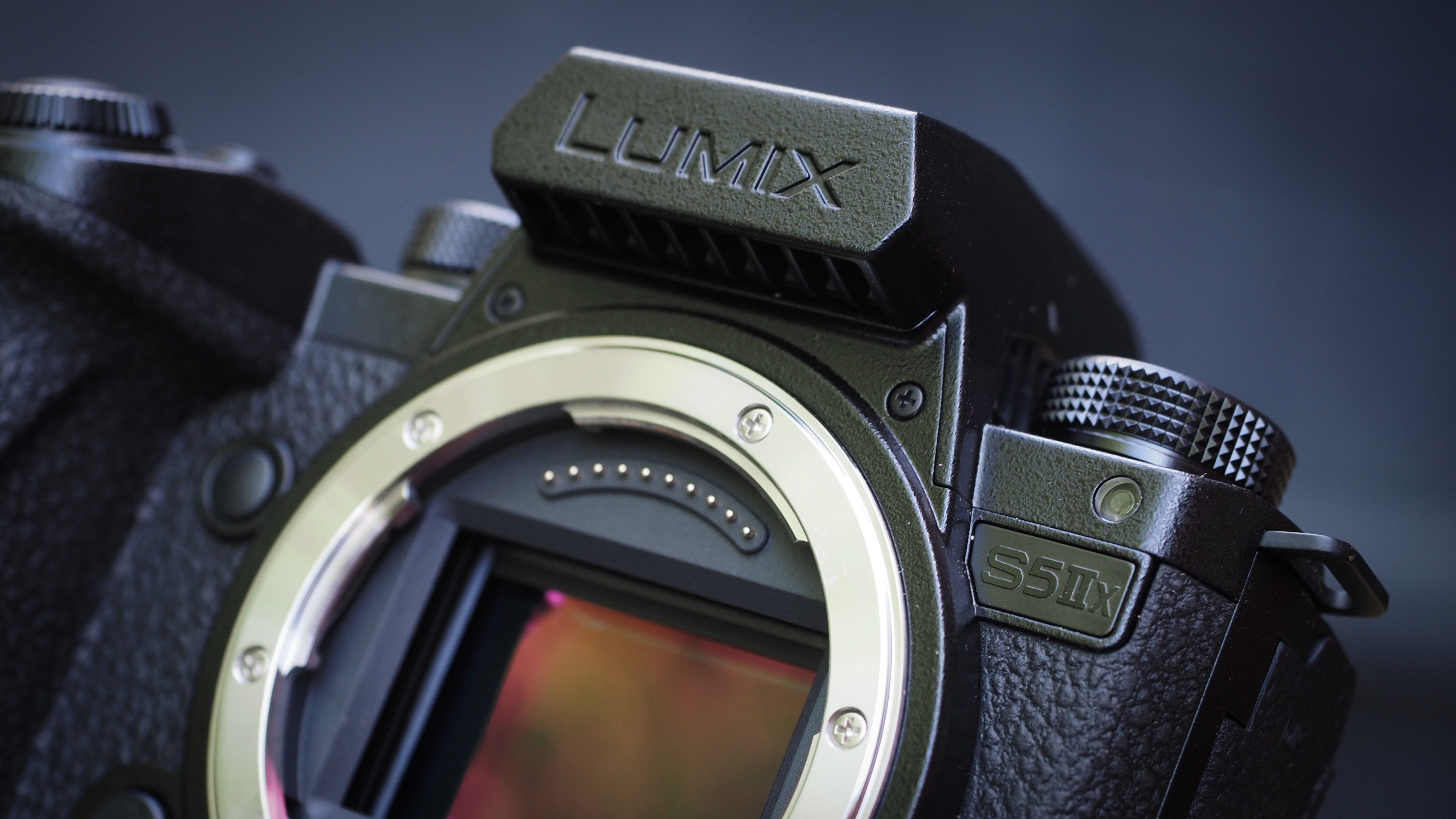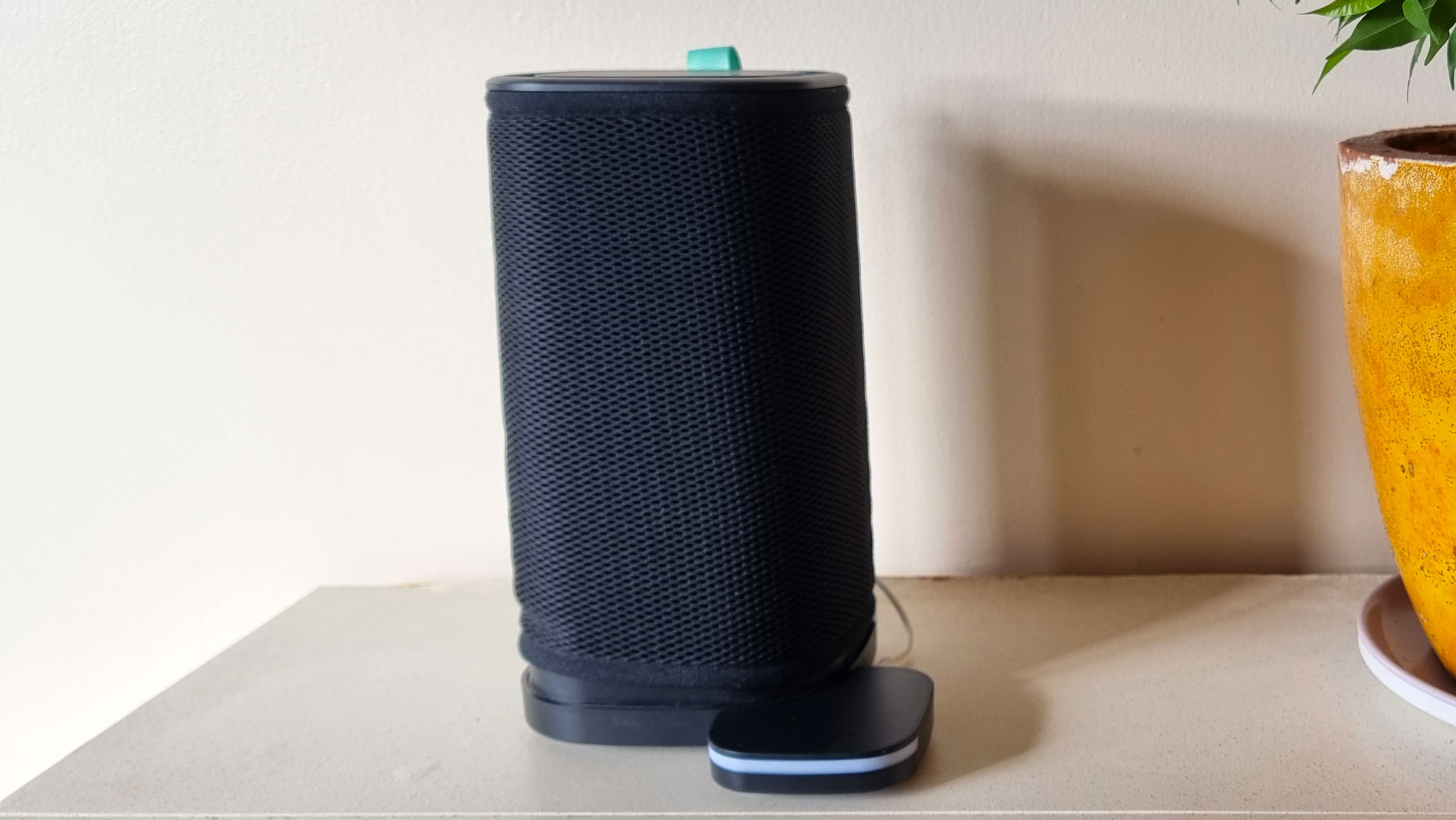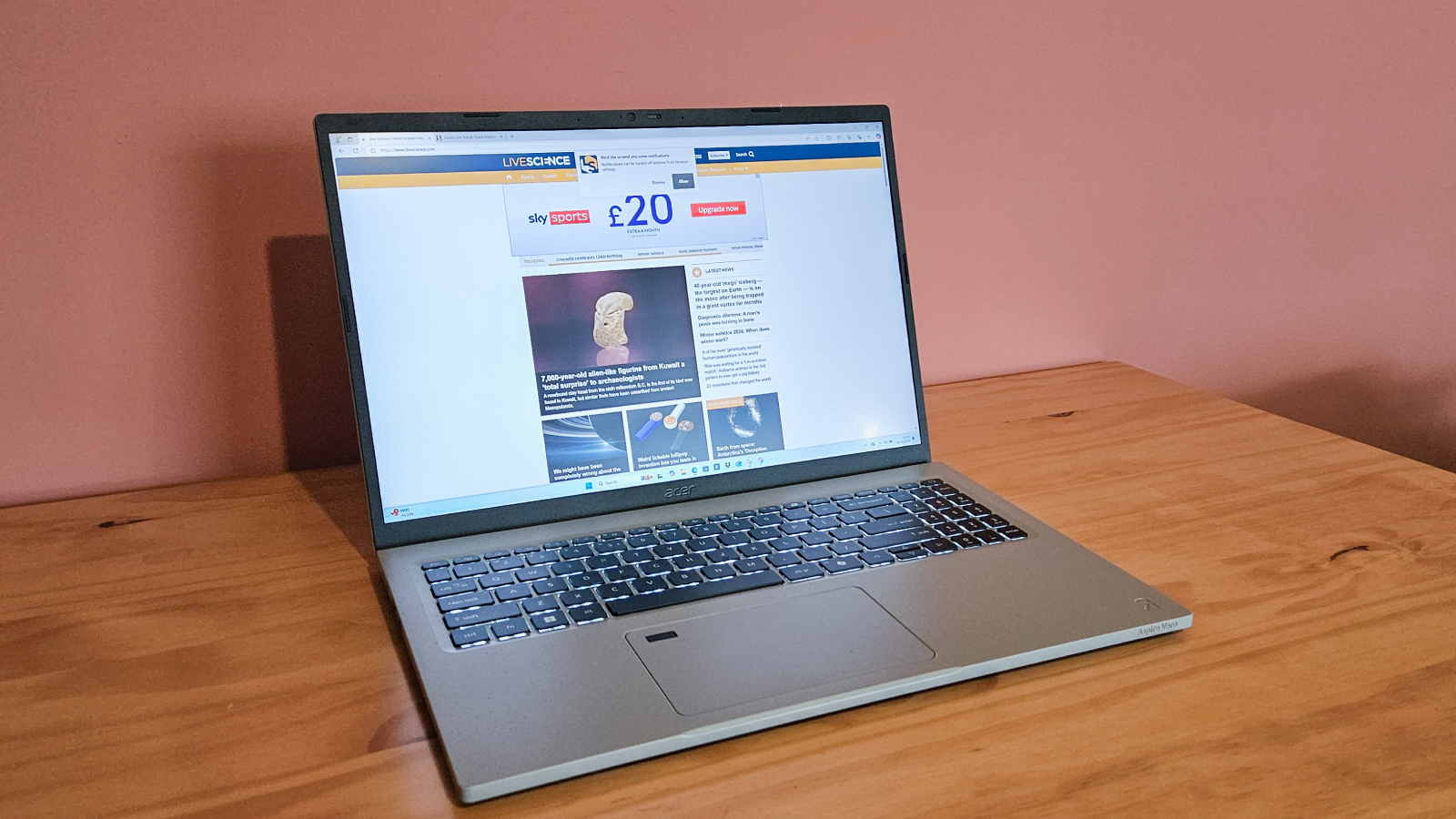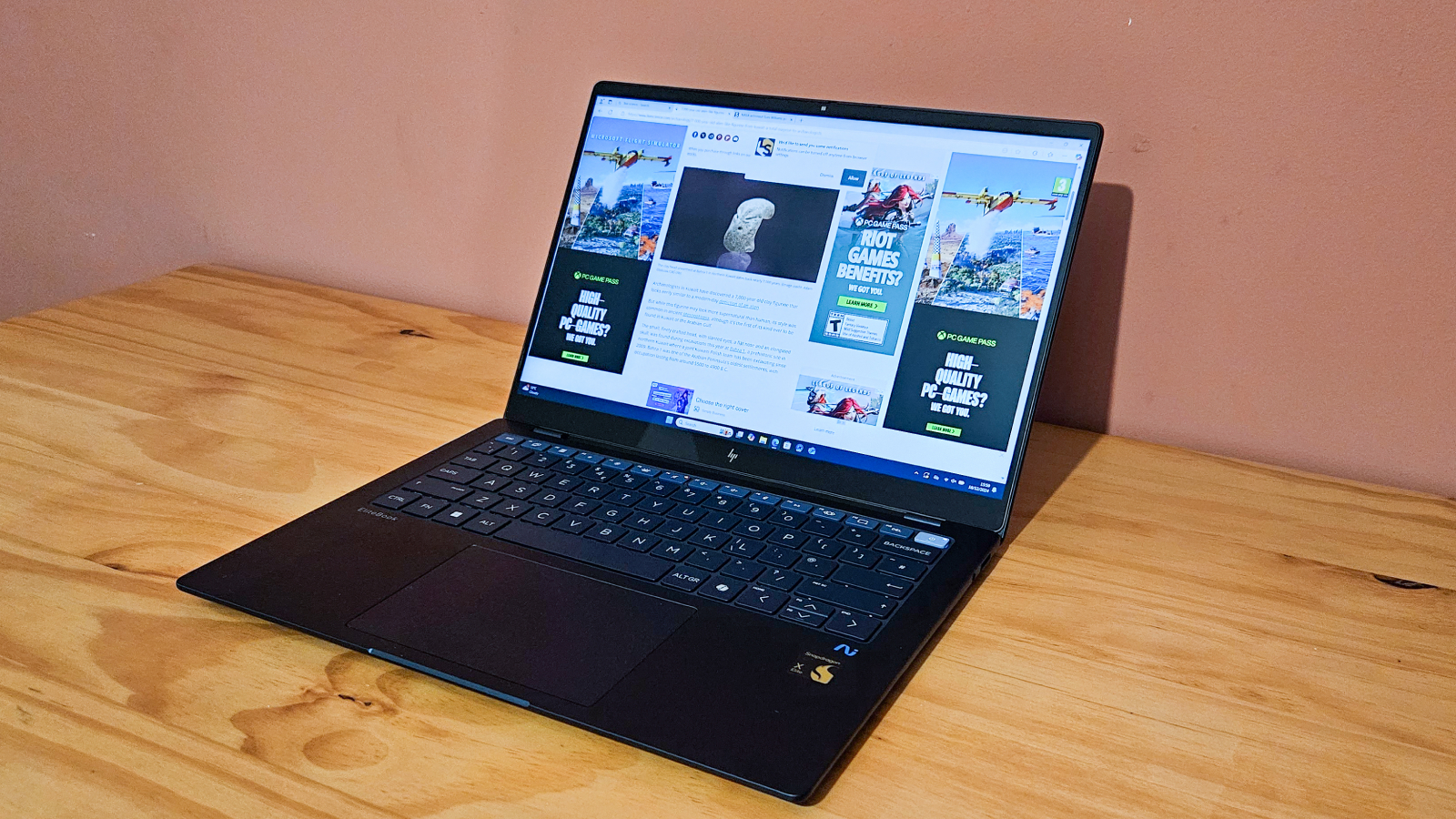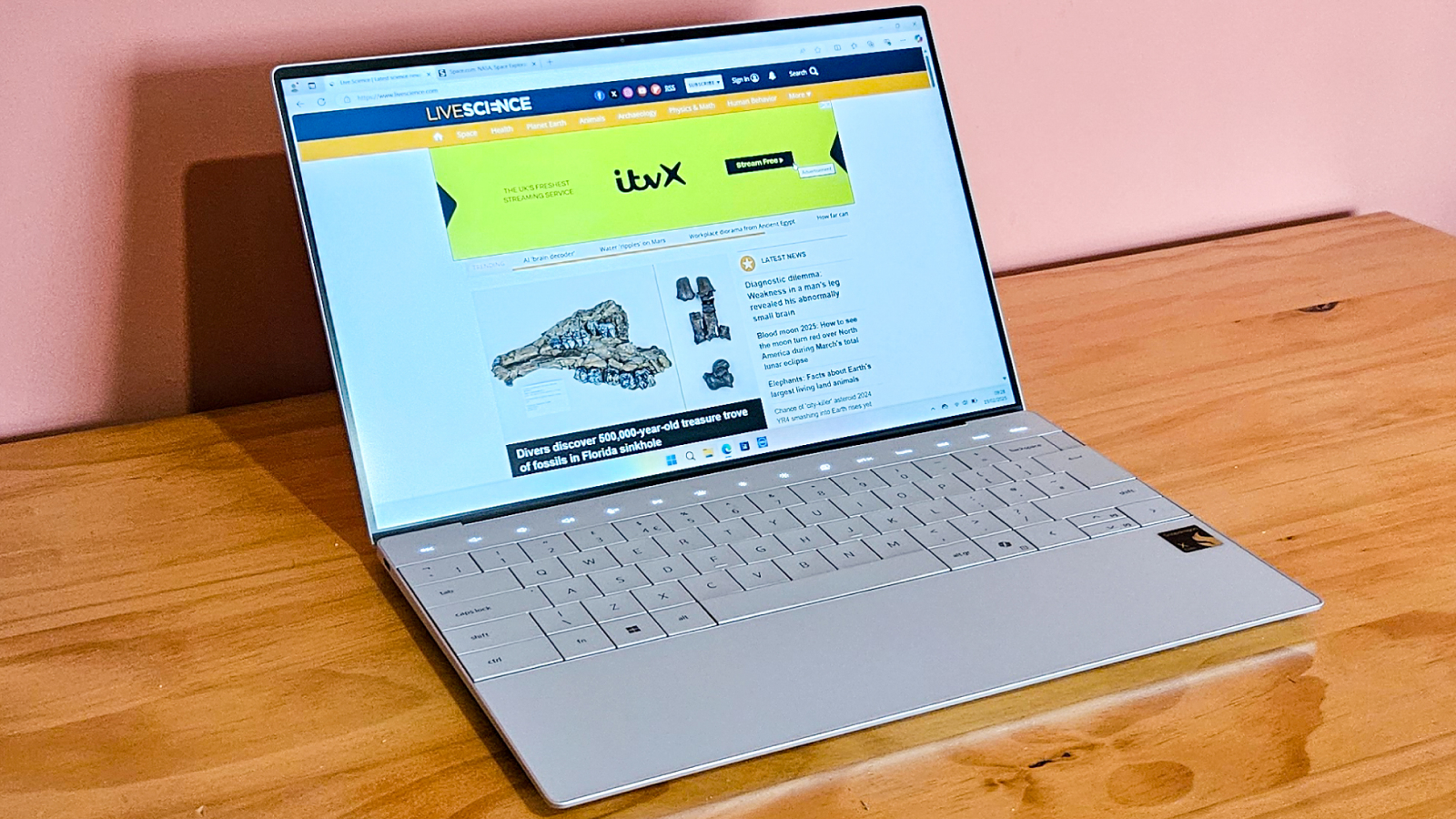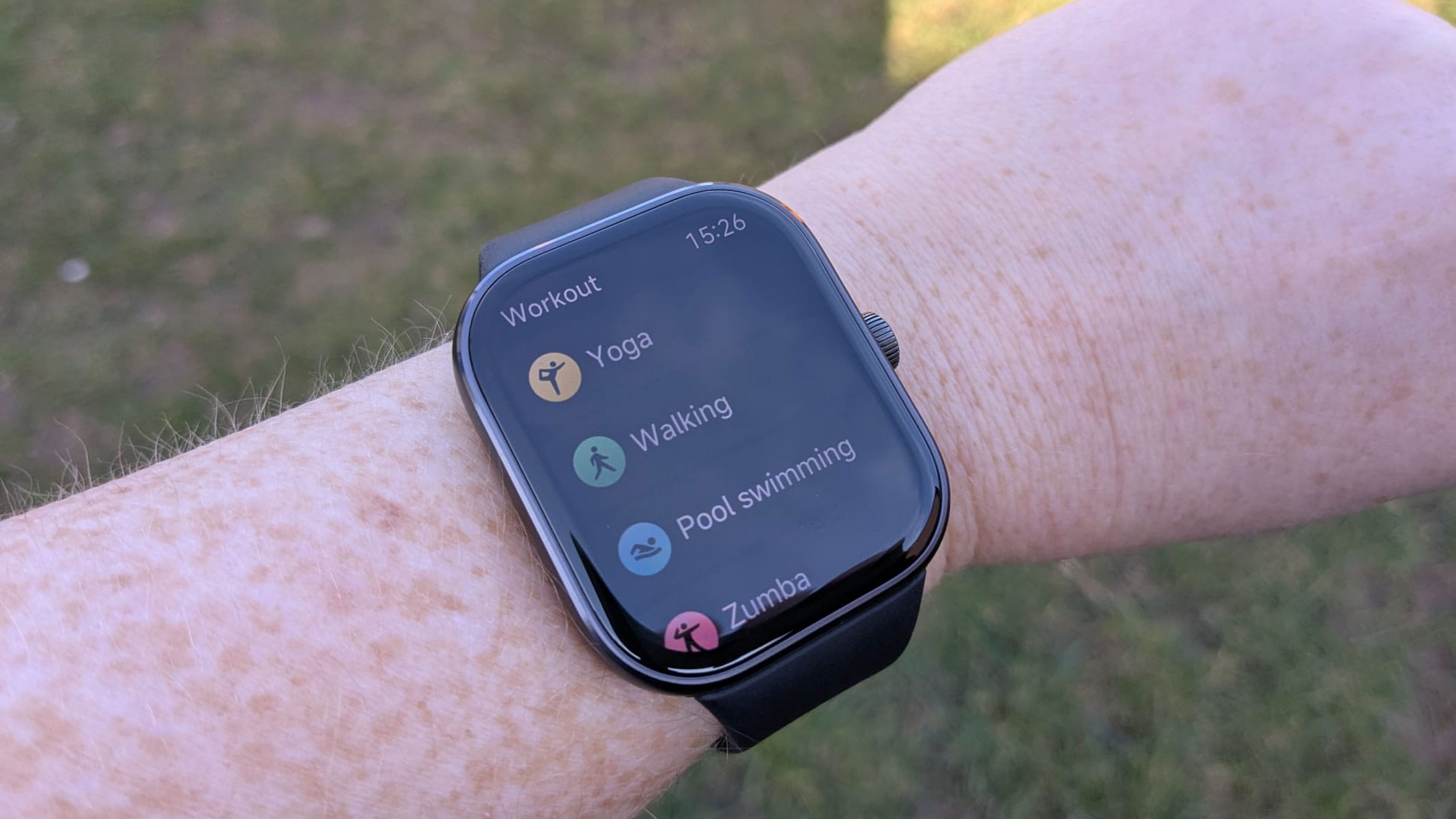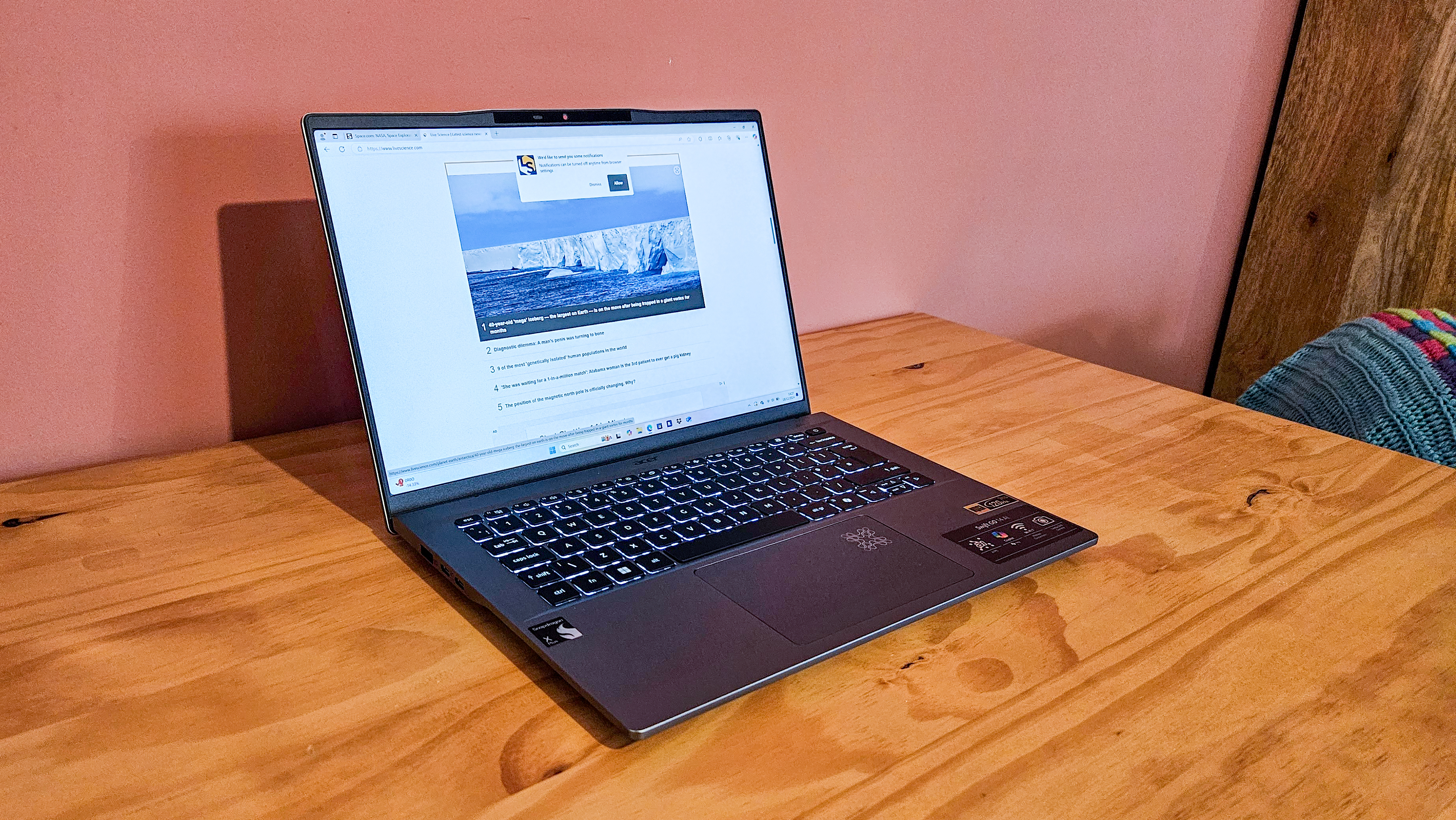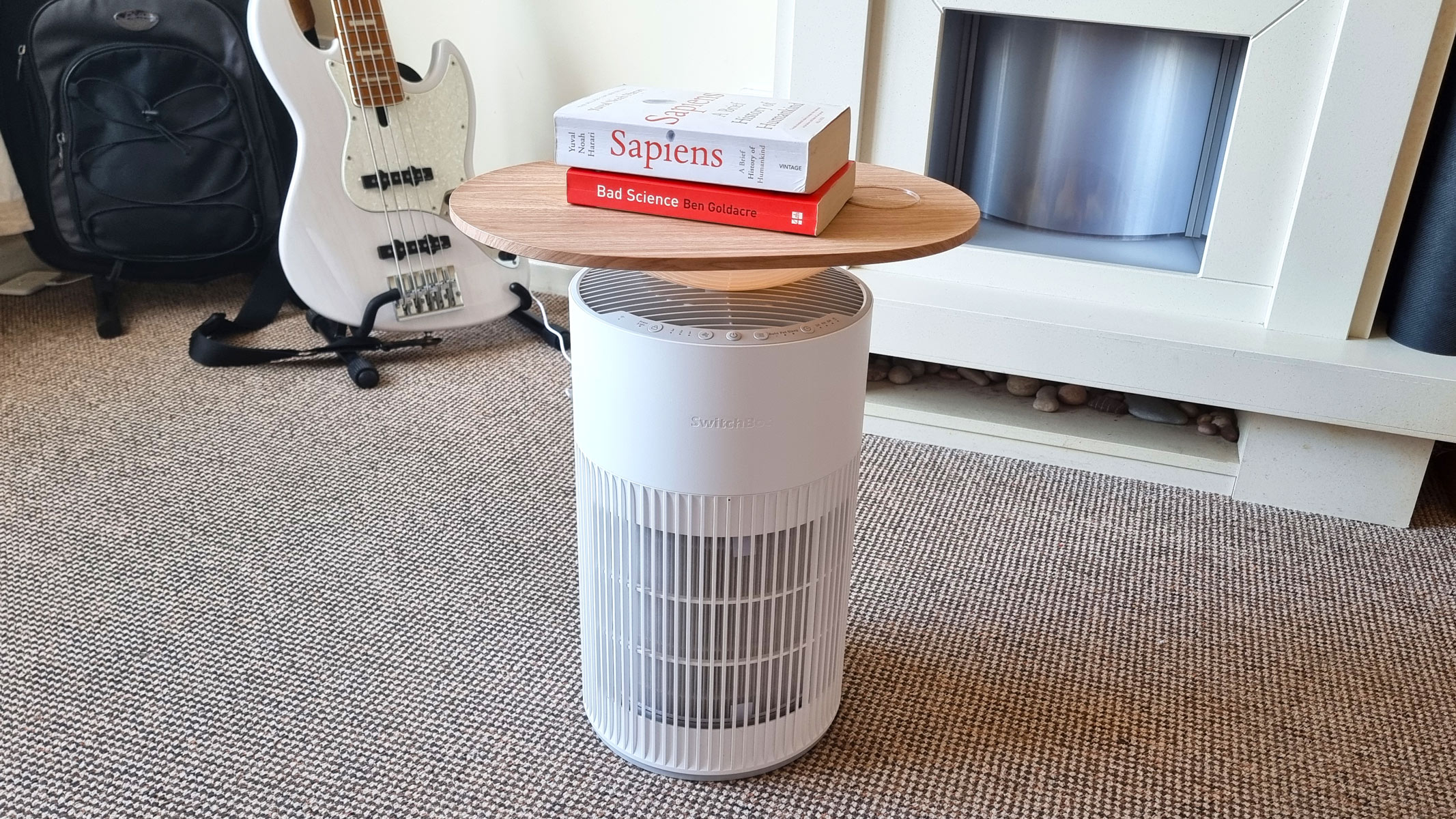Live Science Verdict
The Panasonic Lumix S5 IIX sets new standards for video-oriented mirrorless cameras — and it's a real powerhouse for photography, too.
Pros
- +
Phase detect autofocus (at last)
- +
Cinema camera caliber
- +
30fps stills shooting
- +
Dual native ISO
Cons
- -
Body is pretty chunky
- -
No 4K 120p video
- -
Ho-hum battery life
- -
No tally light
Why you can trust Live Science
Type: Mirrorless
Sensor: 24.2MP full-frame CMOS
Lens mount: L-Mount
ISO range: 100-51200
Viewfinder resolution: 3.68m dots
Video capability: 6K 30p / C4K 60p / FullHD 180p
Weight: 1.63 lbs
Size: 5.29 x 4.03 x 3.55 inches
Memory card type: 2x UHS-II SD
It tells you everything you need to know that there's only one camera that rivals the Panasonic Lumix S5 IIX, and that's the Panasonic Lumix S5 II, which is this camera's little sibling. In short, the Lumix S5 IIX is the ultimate mirrorless camera for video-first shooting.
While many of the best wildlife photography cameras offer excellent video performance, if you're looking for a body where the headline specs are skewed towards the videography side then your search stops here.
Panasonic has carved out a niche for itself in the mirrorless camera market as the video specialist — and that's a reputation that continues with the S5 IIX. This full-frame behemoth boasts everything from 5.9K 12-bit ProRes RAW and BRAW to open gate capture.
None of which is to say that the S5 IIX can't shoot stills, far from it. With a robust 24.2MP sensor, an image processor co-developed with Leica, and the addition of phase detect autofocus, and up to 30fps burst shooting, this is a formidable imaging machine whether you're taking photos or video.
Panasonic Lumix S5 IIX: Design
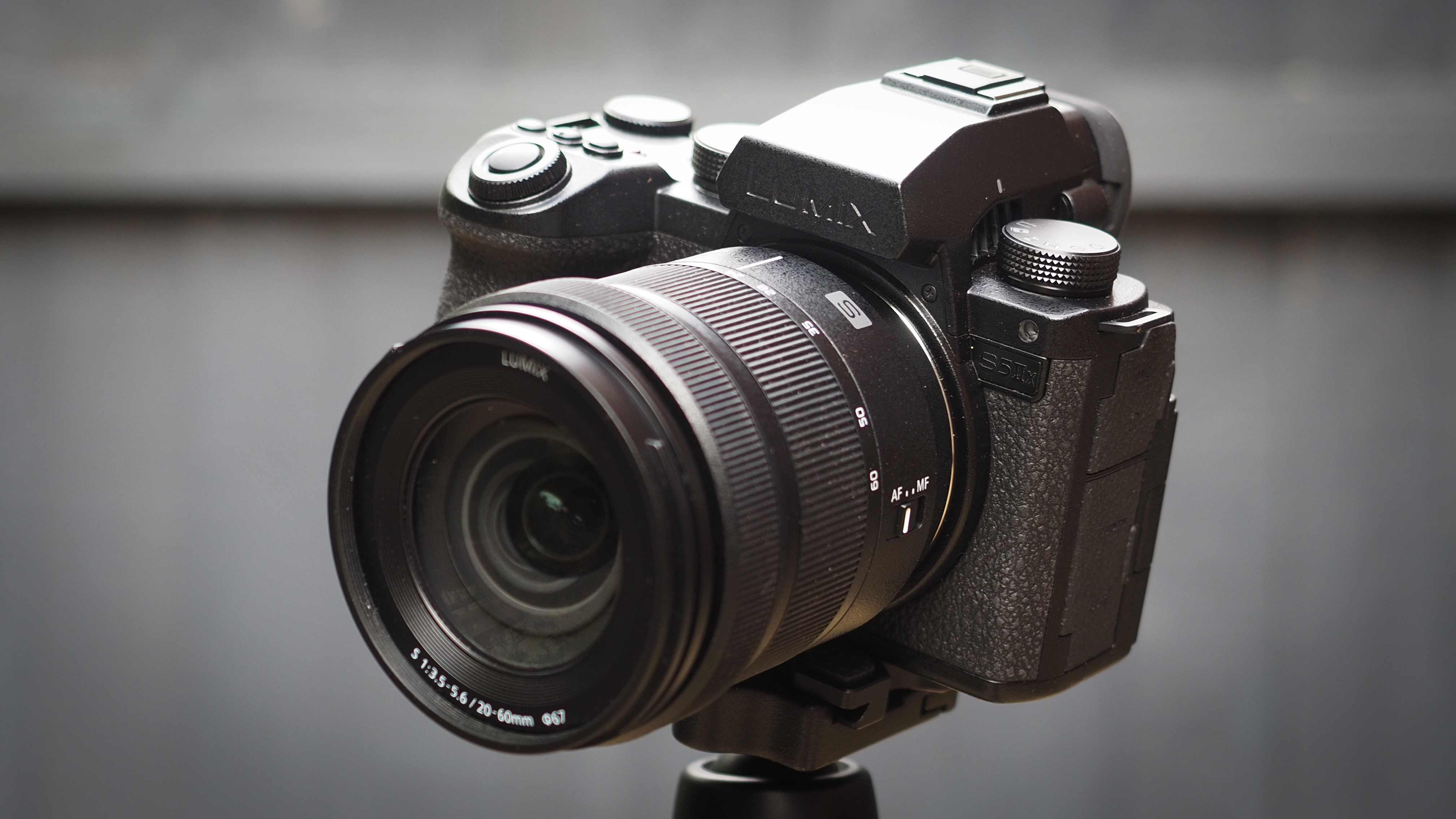
True to form for Panasonic cameras, the Lumix S5 IIX has a very chunky body. This has been contentious in the past, as one of the key selling points of mirrorless cameras since their inception was that they could be slimmer and smaller than DSLRs. Panasonic, though, embraces the satisfying, palm-filling form factor of thicker bodies. So if you want something that feels rugged and serious, this is for you.
Part of the chunkiness here is the camera's active cooling system, which prevents the body and innards from overheating when shooting at super-high framerates and bitrates. A little bit of black magic is in play here, too, since the camera is weatherproof and can be used in the rain even with its air vents.
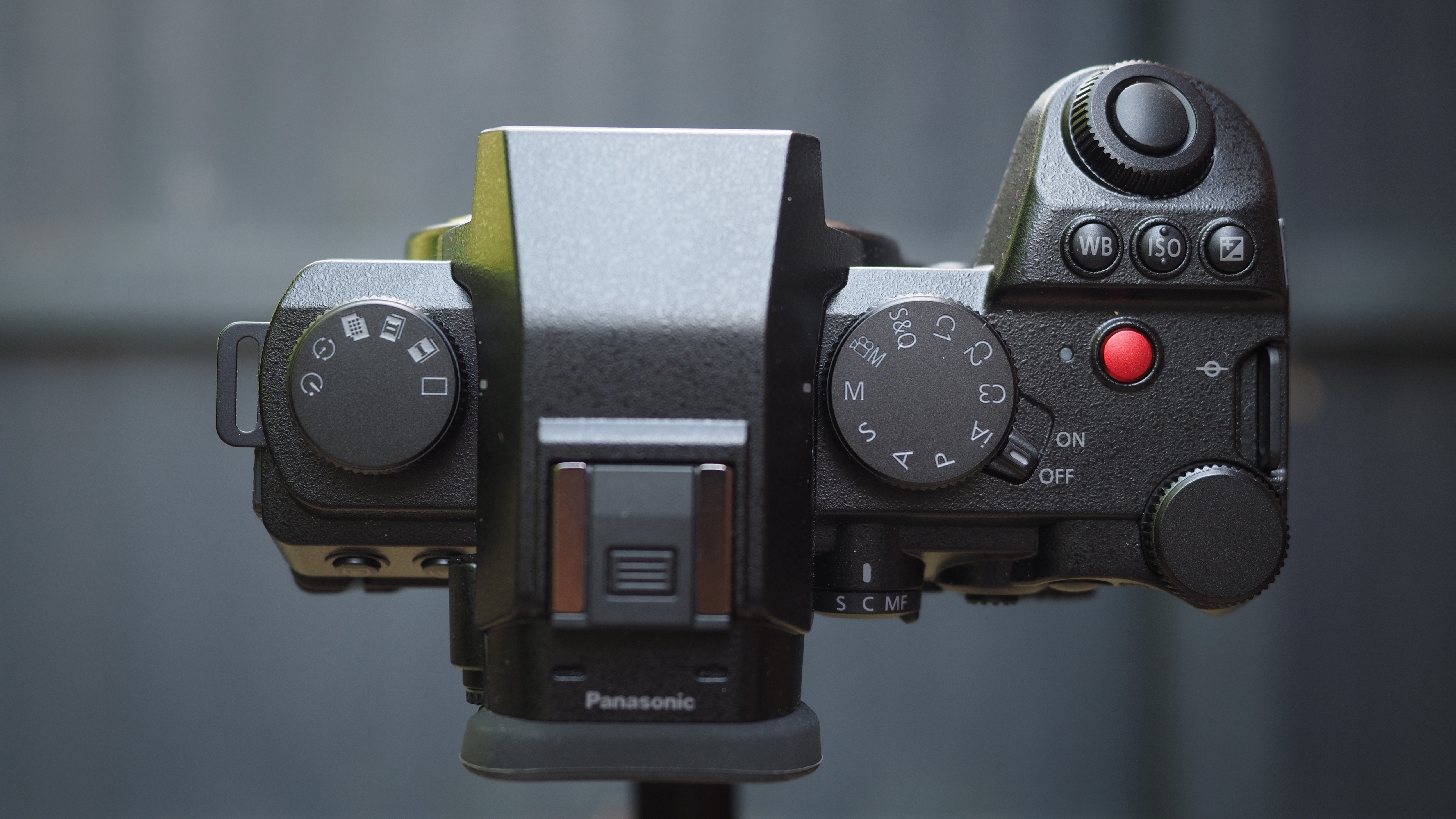
Speaking of black magic, distinguishing the S5 IIX from the regular S5 II is an all-black design giving the body a sleek, stealthy, almost Batman-like feel. While this undoubtedly looks cool, though, the monochrome styling can make it difficult to see where and what the various controls are (even the logo is black, with the only color on the camera being the red record button).
A fully articulating touchscreen enables you to view the action from all angles, whether you're taking video or stills, though, in the case of the former, one of the S5 IIX's lone weaknesses is that there is no tally lamp to let you know that the camera is recording.
Panasonic Lumix S5 IIX: Functionality
Let's start with the biggest addition to a Panasonic camera since the manufacturer released its first ever mirrorless camera in 2008: phase detect autofocus.
Kit lens: Panasonic Lumix S 20-60mm f/3.5-5.6
Best wide lens: Sigma 14-24mm f/2.8 DG DN | A
Best zoom lens: Panasonic Lumix S Pro 70-200mm f/2.8 OIS
Spare battery type: Panasonic DMW-BLK22
In brief, there are two kinds of autofocus systems: contrast detect, which is fast to acquire focus but also constantly refocuses (creating a "pulsing" effect or losing focus entirely), and phase detect, which is slower but more accurate. After years of releasing cameras with unsatisfying contrast-detect AF, Panasonic has now introduced phase hybrid autofocus that combines the two technologies – and the results are brilliant.
We're not quite talking Canon EOS R5 or Nikon Z8 levels of performance, but the S5 IIX can now reliably detect and consistently track subjects without hunting for focus (as previous Panasonic models did), giving you seamless shooting for both stills and video.
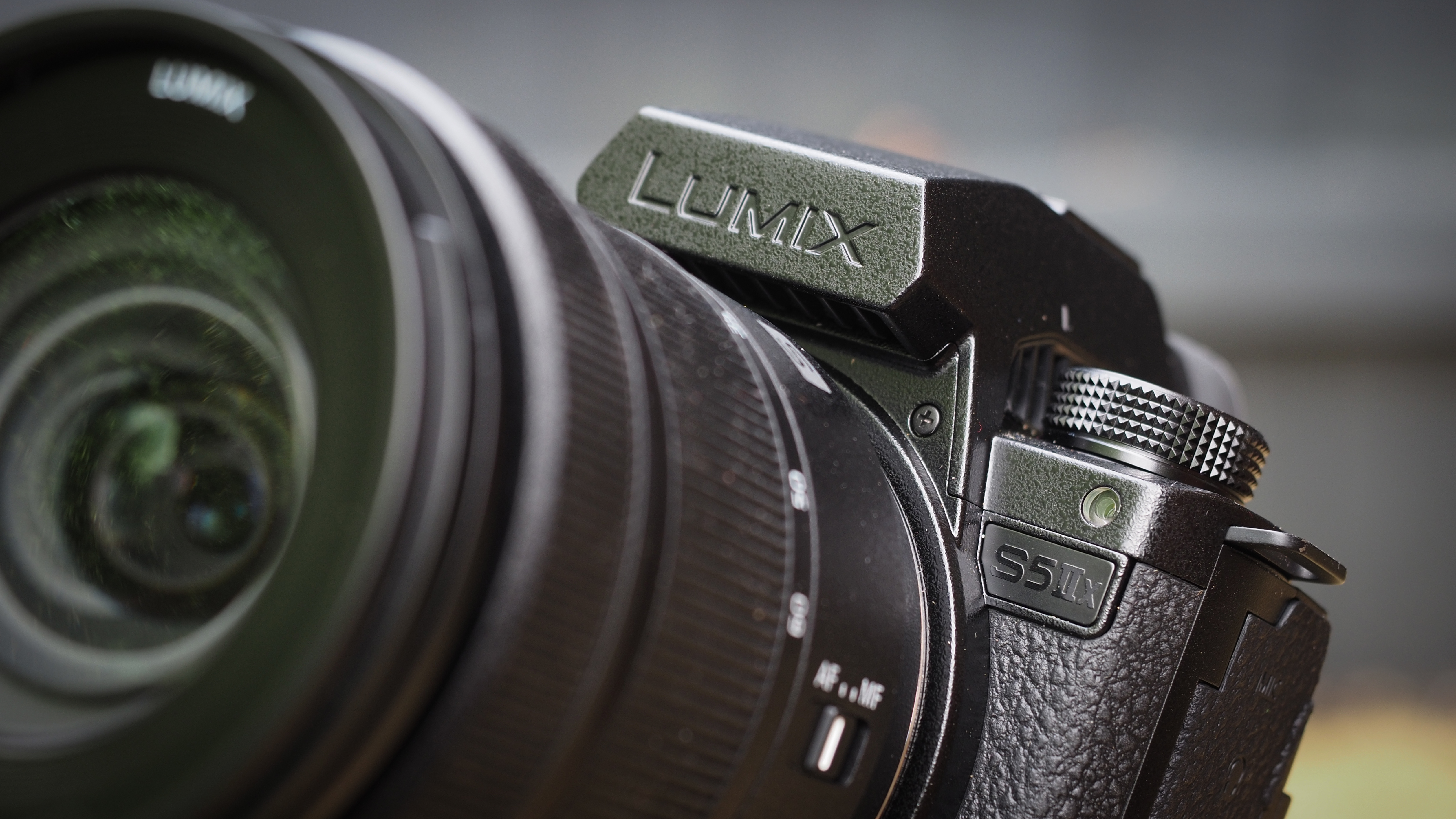
For stills, while the 24.2MP resolution is a little on the lean side these days, the image quality produced by this sensor is very impressive thanks in no small part to the L² Technology partnership with Leica, which is responsible for the new image processing engine.
The sensor truly comes into its own when it comes to video, though, with astonishingly good 6K 30p and 4K 60p footage that can be captured all the way up to 12-bit 4:2:2 in both Apple ProRes RAW or Blackmagic BRAW, for ultimate file fidelity – and you can record directly to SSDs as well as an external video recorder/monitor.
Panasonic Lumix S5 IIX: Performance

The S5 IIX promises a lot, and it delivers on all of them including the most important of all for a video-oriented camera, unlimited video recording at any resolution. Thanks to the active cooling system, the S5 IIX doesn't overheat even when pumping out 6K video – unlike almost every other mirrorless camera available.
The autofocus is nothing short of a revelation, either. Panasonic cameras have always had fantastic specifications in every department except AF, but the contrast-based Achilles heel has finally been rectified. Again it's not quite on par with the Canons and Sonys of the world, but the difference is night and day compared to past Panasonics.
Speaking of night and day, not only does the AF perform well in challenging light, but the dual native ISO enables the camera to capture incredibly clean and crisp files even in settings with poor illumination. With 14 stops of dynamic range, it's a breeze to grade your video in post-production or choose a Real-Time LUT from the existing library to create a look as you capture your footage.
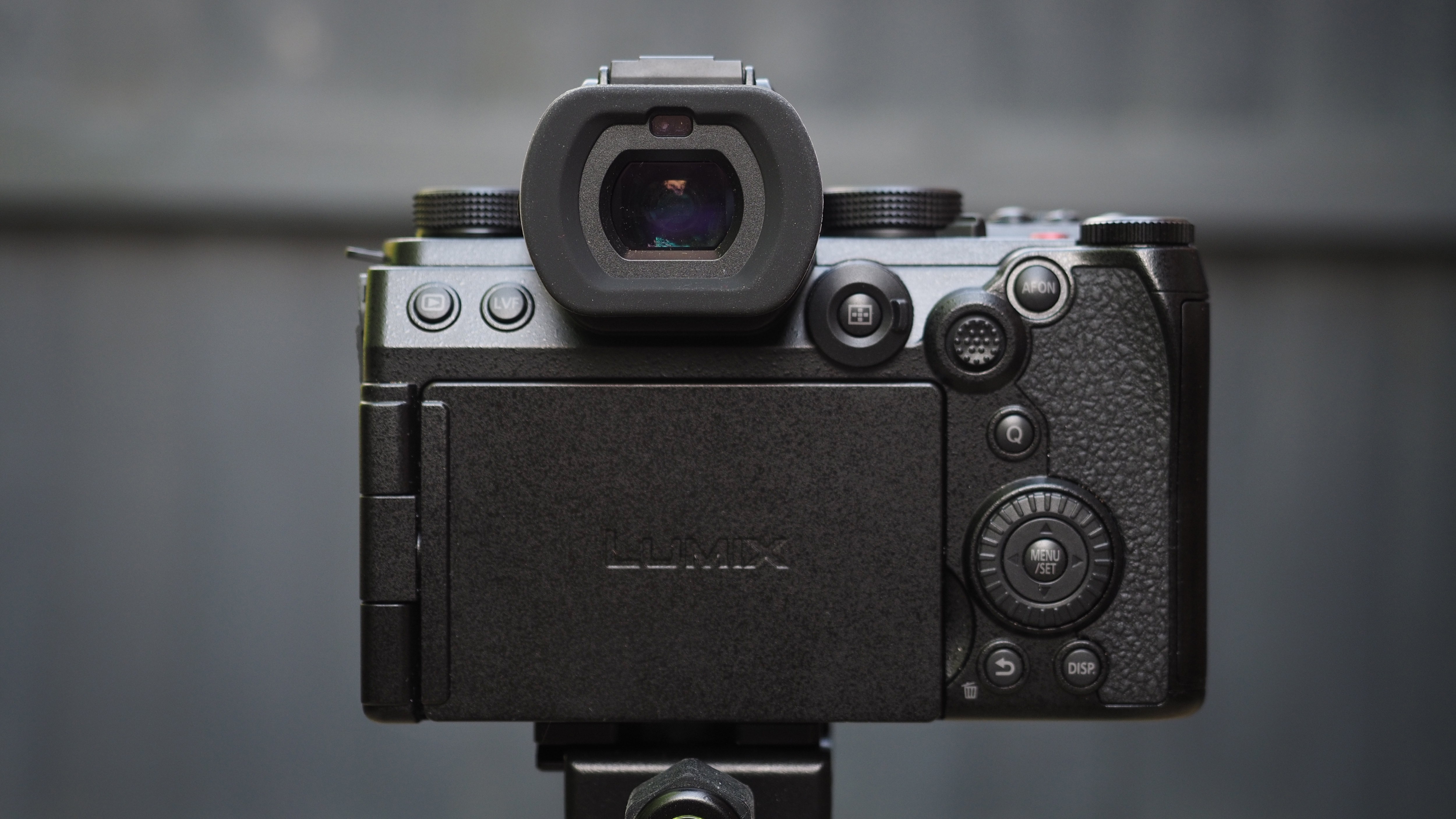
There's excellent in-body image stabilization that delivers up to 6.5 stops of compensation whether you're shooting stills or video – and it's definitely among the best in the business for a full-frame camera.
In fact, the only real downside with the S5 IIX is that the battery life is underwhelming. Given how much effort was put into unlimited recording times, by making sure that the camera doesn't overheat, it's a shame that you'll still have to keep a close eye on your battery meter, though at least you can plug in a power bank to keep things running.
Should you buy the Panasonic Lumix S5 IIX?
The Lumix S5 IIX is a capable stills shooter, with a full-frame image sensor that delivers impressive image quality, low light performance and file fidelity, and offers super-fast 30fps burst shooting that's ideal for capturing fast action. However, there are better photography cameras out there.
What there aren't, though, are better videography cameras out there (unless you step up to a cinema camera). So if you're happy with a capable stills body because what you really want are blow-away video features, the S5 IIX is your camera.
If the Panasonic Lumix S5 IIX isn't for you
If you want to stick with a full-frame sensor, the Nikon Z8 is hard to fault. Like the Lumix, it's a video juggernaut, capable of shooting up to 8K 60p, but it's also a five-star stills camera thanks to its 45MP sensor and up to 120fps burst shooting.
For a smaller form factor, take a look at the Canon EOS R7. An APS-C body that can use smaller lenses (and also increases their effective focal lengths), it offers fantastic 4K video that's oversampled from 7K, along with 32.5MP stills and industry-best AF.
And if you want the smallest possible kit bag, consider the incredible OM System OM-1. This Micro Four Thirds camera boasts the smallest lenses in the business as well as the biggest lens selection and it doubles their effective focal length, too. It captures 4K 60p and its 20.4MP sensor can capture high-resolution stills of up to 80MP.
The editor of Digital Camera World, James has 21 years experience as a magazine and web journalist. He has worked professionally in the photographic industry since 2014, when he started as an assistant to Damian McGillicuddy (who succeeded David Bailey as Principal Photographer for Olympus). In this time he shot for clients as diverse as Aston Martin Racing, Elinchrom and L'Oréal, in addition to shooting campaigns and product testing for Olympus, and providing training for professionals. This has led him to being a go-to expert on cameras and lenses, photographic and lighting tutorials, as well as industry analysis, news and rumors for publications such as Digital Camera Magazine, PhotoPlus: The Canon Magazine, N-Photo: The Nikon Magazine, Digital Photographer and Professional Imagemaker, as well as hosting workshops and demonstrations at The Photography Show. An Olympus (Micro Four Thirds) and Canon (full frame) shooter, he has a wealth of knowledge on cameras of all makes – and a particular fondness for vintage lenses and film cameras.
